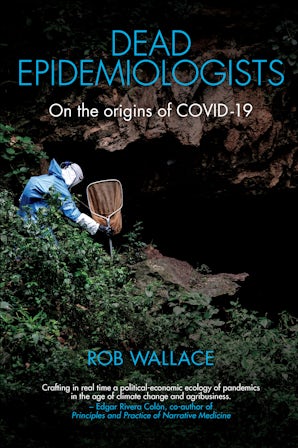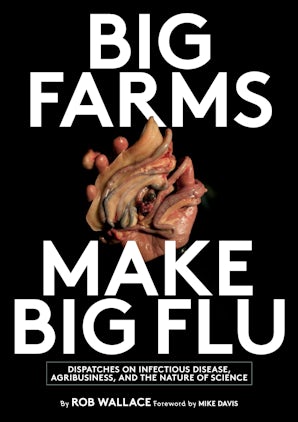Also in this issue
Books by Rob Wallace
The Fault in Our SARS
by Rob Wallace
Dead Epidemiologists
by Rob Wallace
Big Farms Make Big Flu
by Rob Wallace




